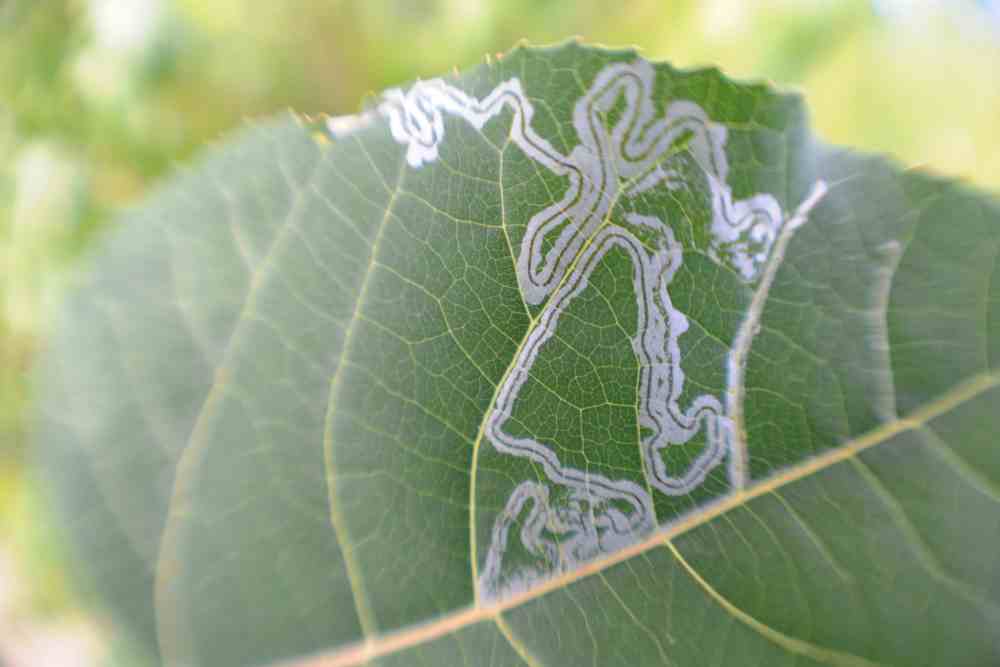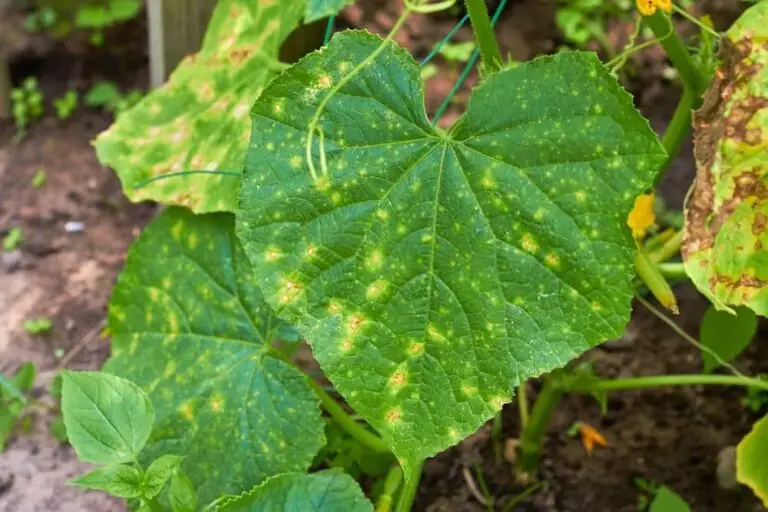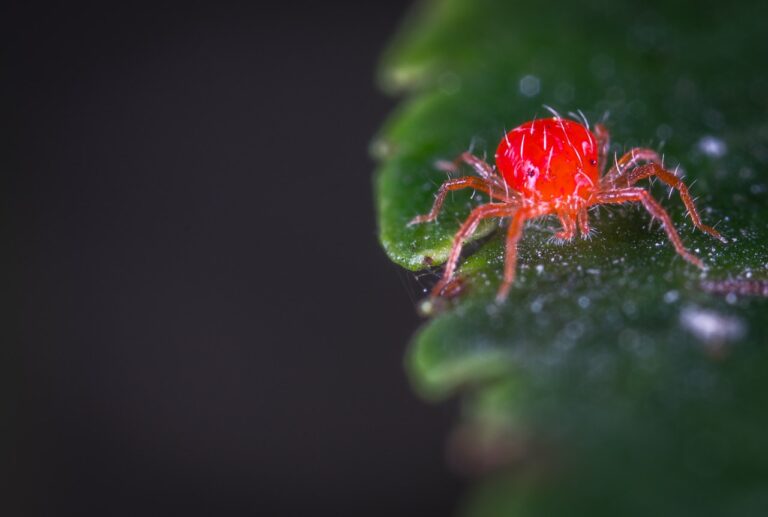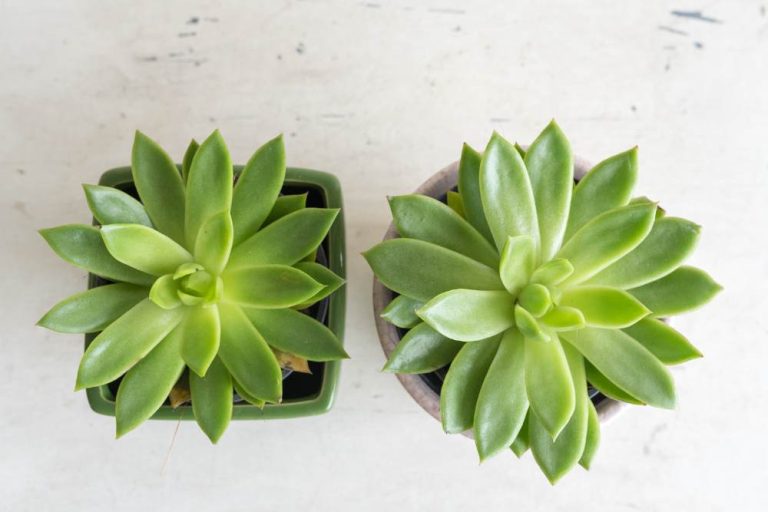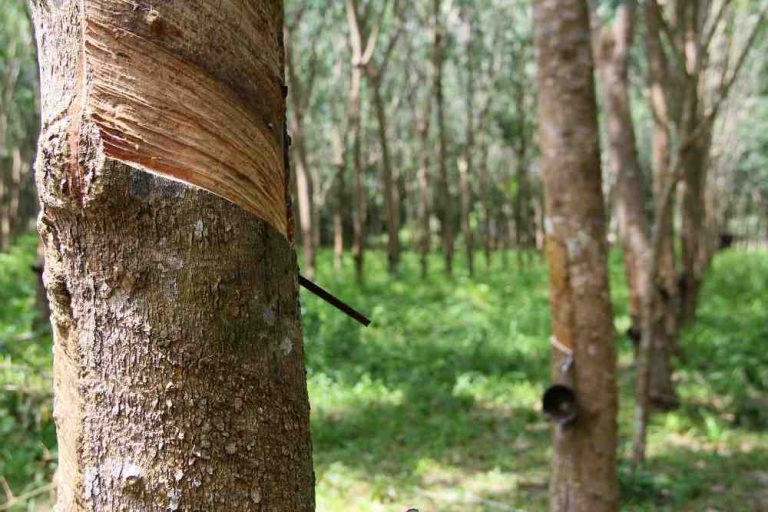Understanding and Controlling Leaf Miner Infestations: A Comprehensive Guide
Leaf miners are small insects that feed between the surface of the leaf. There are several different kinds of leaf miners occurring in four major orders of insects. It’s a little, light-colored moth that’s less than a quarter-inch long.
The forewings of Leaf minor are silvery and white iridescent, with brown and white patterns. Each wingtip has a unique black spot. The hind wings and body are white, with long fringe scales extending from the borders of the hindwings.
Leaf Miner Life Cycle
Leaf miner has four life stages: egg, larva, pupa, and the adult moth. Eggs are white or yellowish in color, oval in shape, and 0.2-1.0 mm (0.01-0.04 in) in length. The eggs hatch approximately a week after they are deposited.
The newly emerged larvae immediately start feeding in the leaf. initially, they produce tiny, nearly invisible, mines. The serpentine route of mines of the larva becomes increasingly visible as it grows. As the larvae develop, they molt 4 times over a 2- to 3-week period. The larvae become a pupa Inside that curled leaf edge.
This pupal stage lasts from 1 to 3 weeks. Immediately after hatching, legless transparent larvae change into white or cream, and yellowing with age. They have a 1.5 – 3.5 mm (0.06-0.14 in) length oval or wedge-shaped body. Their mouthparts are typically dark in color. Two breathing tubes (spiracles) are present at the posterior end.
Adult leaf minors do not damage plants. They live only 1 to 2 weeks. They active in the morning and the evening and spend the day resting on the undersides of leaves, but are rarely seen. A sex pheromone is emitted by the female moth. That attracts males soon after emerging from the pupal case.
After mating, the female deposits a solitary egg on the underside of the host leaf. The preferred egg-laying (oviposition) locations on the tree are the freshly emerging leaflets of flush growth, notably along the midvein. The entire life cycle of the leaf minor takes 3 to 7 weeks to complete.
Leaf Miner Host Plants
Leafminer has a wide host range including bean, lettuce, beet, celery, broccoli, carrot, chard, cucumber, eggplant, melon, onion, pea, cauliflower, pepper, potato, squash, tomato. Ornamental flowers such as gerbera daisy, chrysanthemum, and marigold.
Leaf Miner Damage
The leaf miner larvae are small caterpillars. They consume the green tissue within the leaf while leaving the translucent top and lower membranes (epidermis) intact. Once the young larvae enter the leaf and form narrow, grey-brown, or silvery tracks called serpentine mines.
As they mature, they consume a broader patch of the leaf, forming blotch mines. Later holes are produced like the mined tissues are destroyed. The bottom surface of the afflicted leaves becomes filthy with tiny blackish frass grains.
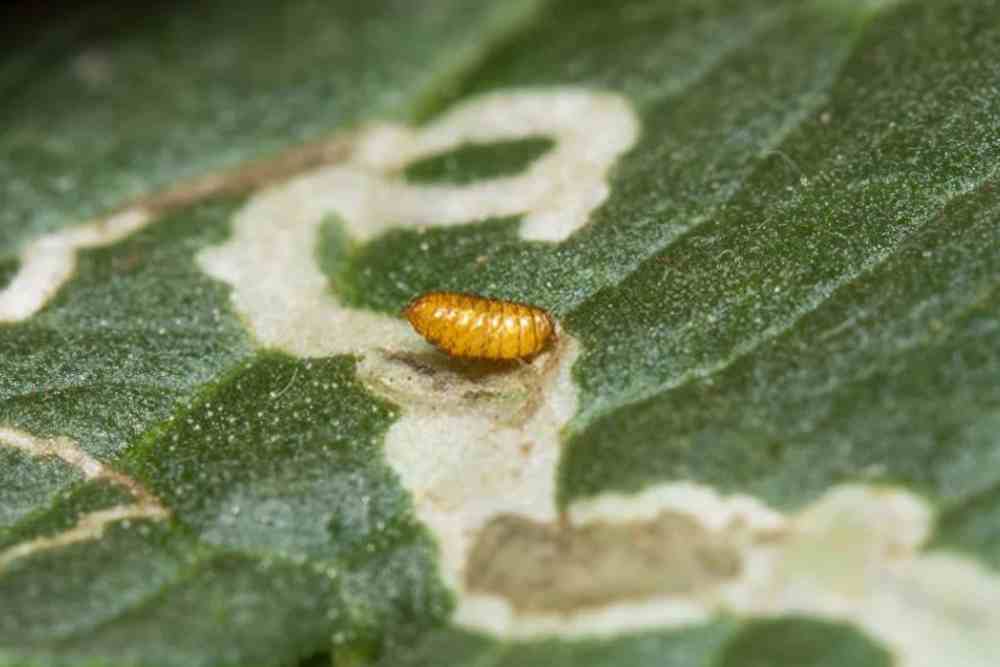
Then they show silken webbings containing the small pupae. During high infestation conditions, the leaves become brown. A major leaf minor injury can reduce the effective leaf surface of the plant, resulting in a loss in food production and storage yield.
Leaf Miner Monitoring
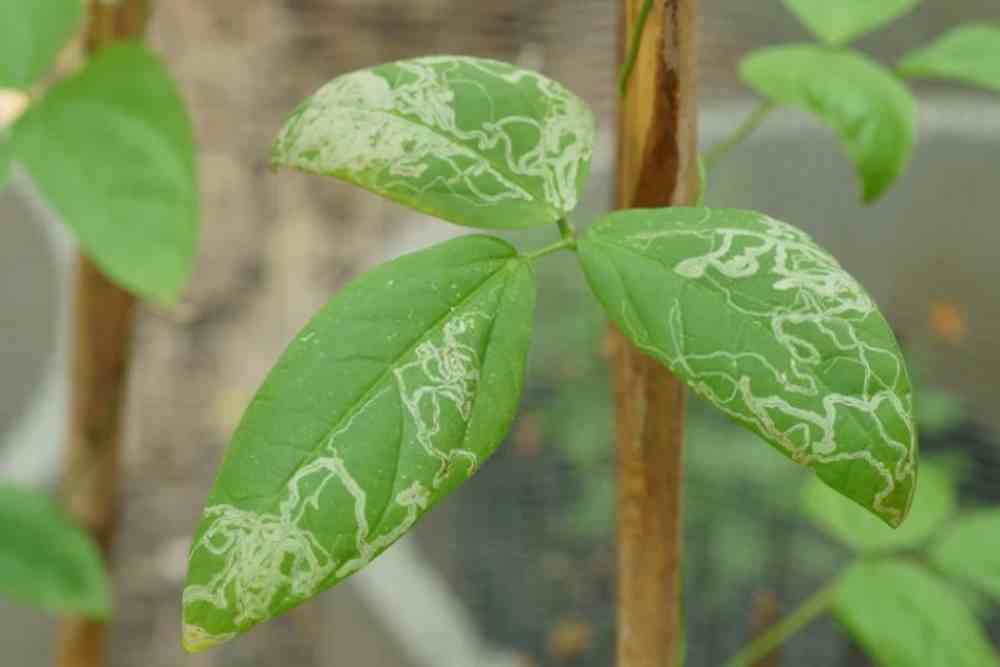
To monitor and detect adult leaf minors, look for new stippling on leaves which indicates the presence of adult leaf miners. A yellow bowl containing soapy water can place adjacent to an infested crop to monitor for adults. Counting mines in leaves with live larvae takes time, but it can offer an indication of future harm potential.
Counting the number of mines with dead larvae inside can show the effectiveness of biological control or insecticidal treatments.
Biological Control
Many generalists predators attack leaf miner adults and larvae. Leafminer populations have been proven to be suppressed by ants, predatory wasps (such as yellow jackets and paper wasps), and spiders.
Cultural Control
- Before planting, inspect transplants for evidence of leaf mines and white stippling and kill affected plants.
- To inhibit larval growth, destroy infected leaves.
- Plant different kinds of crops in a location, as monoculture plantings can be more susceptible to infestations.
- Remove leaf minor host plants near vegetable gardens and fields. Eg: weeds (chrysanthemum, and gerbera.
- Do crop rotation.
- To keep plants healthy and reduce stress using adequate irrigation.
- Avoid usage of excessive levels of nitrogen fertilization, because they can increase leafminer infestations.
- Remove all plants and deeply plow crop remains immediately after the final harvest to remove food sources and prevent pupal development.
Chemical Control
A number of insecticides can provide effective control of leaf miners. Consult your extension service for current recommendations. The pesticide will not reach the leaf miner larva If you spray too early or too late, and will not kill the leaf miner flies.
In the early spring, insert a few infected leaves in a ziplock bag and examine the bag daily to effectively clear plants of leaf miners using pesticides. Spray pesticides on the plants every day for a week if you notice little, black flies in the bag (which will be the leaf miner larva turning adults).
- 20+ Chic Boho Bedroom Ideas for a Cozy and Stylish Retreat - June 20, 2024
- 12+ Modern Boho Living Room Ideas to Create a Unique Oasis - June 10, 2024
- 10 Stunning Canopy Bed Ideas for a Dreamy Escape - May 16, 2024

